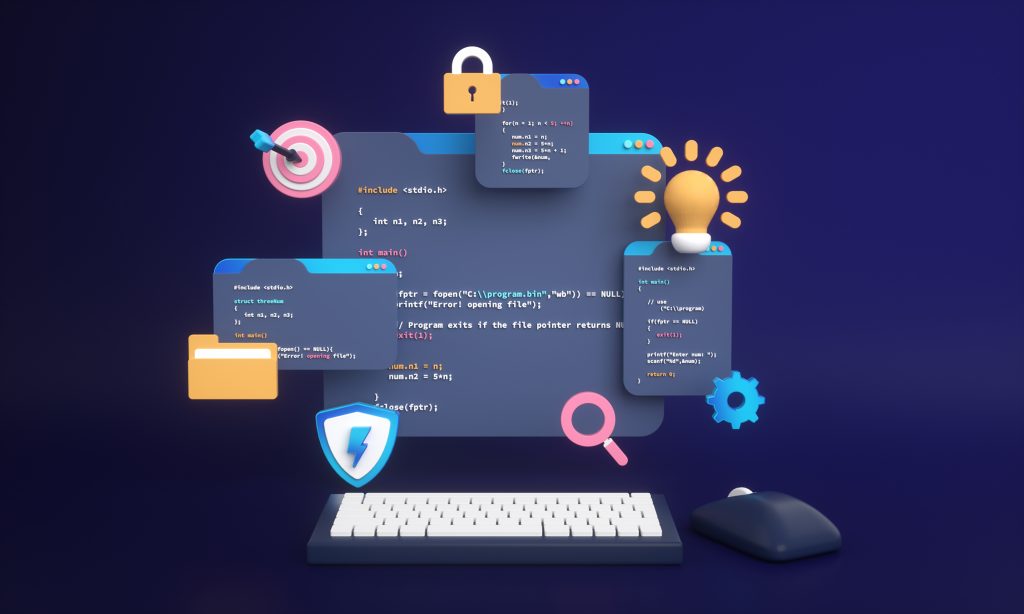
1. Introduction Transforming the Back-end Development with Serverless Architectures
Defining Serverless Architecture: Serverless architecture is a paradigm shift in application development and deployment. It offers an infrastructure-free environment for developers, allowing code to be written and run without managing the backend. Instead, server infrastructure is handled by cloud service providers like AWS, Microsoft Azure, and Google Cloud.
>> See More: Serverless Architecture: A Comprehensive Guide for Beginners
Why Serverless is Gaining Popularity: The scalability and cost-efficiency of serverless architecture have made it a favorite among start-ups and established businesses alike:
- For start-ups: With serverless, there’s no need for a hefty upfront investment in hardware. It also enables rapid scaling of operations.
- For established businesses: Serverless architecture helps decrease costs and overhead while increasing operational efficiency.
The elasticity of serverless architecture permits organizations to follow a ‘pay-as-you-go’ model, ensuring payments are made only for the actual resources consumed. In the realm of software development, this efficient and flexible approach is driving digital transformation across the globe.
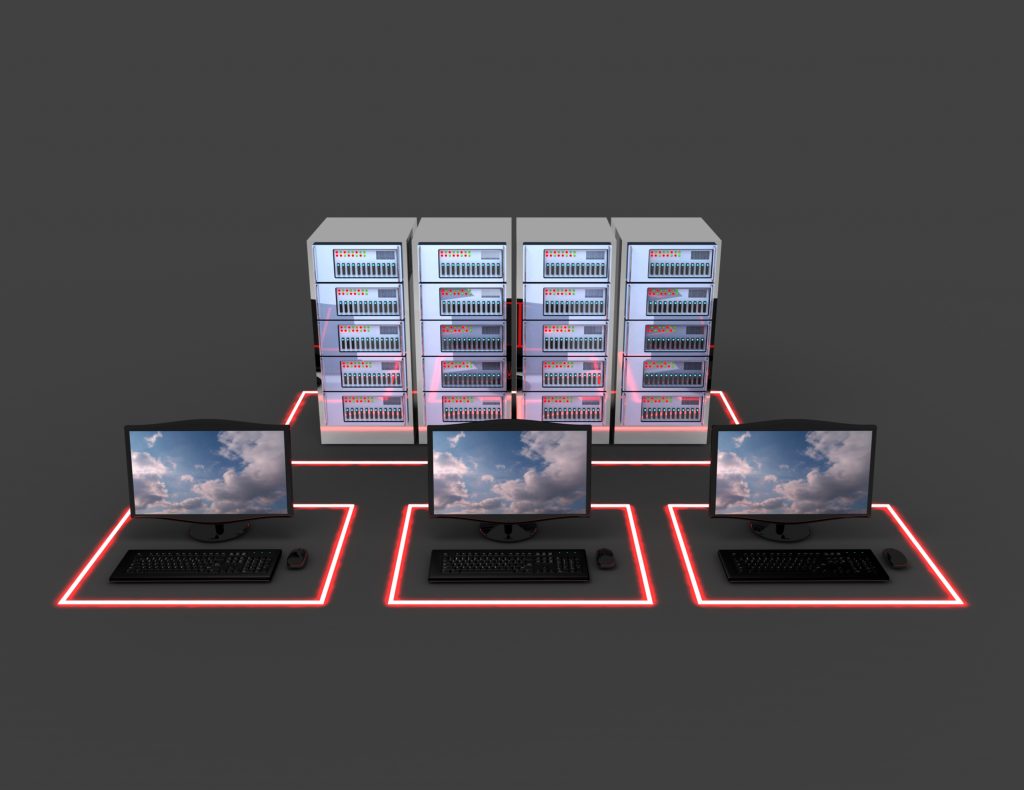
2. Understanding Serverless Architecture
2.1. What is Serverless Architecture?
Serverless architecture provides a new way for developers to build and run services without getting entangled in the nitty-gritty of infrastructure management. In contrast to traditional methods, serverless architecture offers an environment where developers can focus mainly on writing code. Here, the cloud provider takes care of server provisioning, maintenance and scaling. Think of it as an ‘as-used’ basis service.
2.2. Function as a Service (FaaS)
The heart of serverless architecture is Function as a Service, or FaaS. Instead of writing full-fledged applications, developers compose discrete functions, each serving a particular functionality. These functions, which are often event-triggered, execute certain logic and return responses. In a nutshell, FaaS is a type of serverless computing that lets you run your code without provisioning or managing servers.
2.3. Cloud Provider Role
In a serverless setup, the cloud provider plays an integral role. It automatically intercepts user requests and computing events to dynamically allocate and scale compute resources. Irrespective of whether it’s about managing the server, ensuring seamless integration, or troubleshooting any issues, the cloud provider oversees the entire operational spectrum. The beauty of this is that as a user, you’re left with the core task— developing your application—as the infrastructure management is conveniently automated.
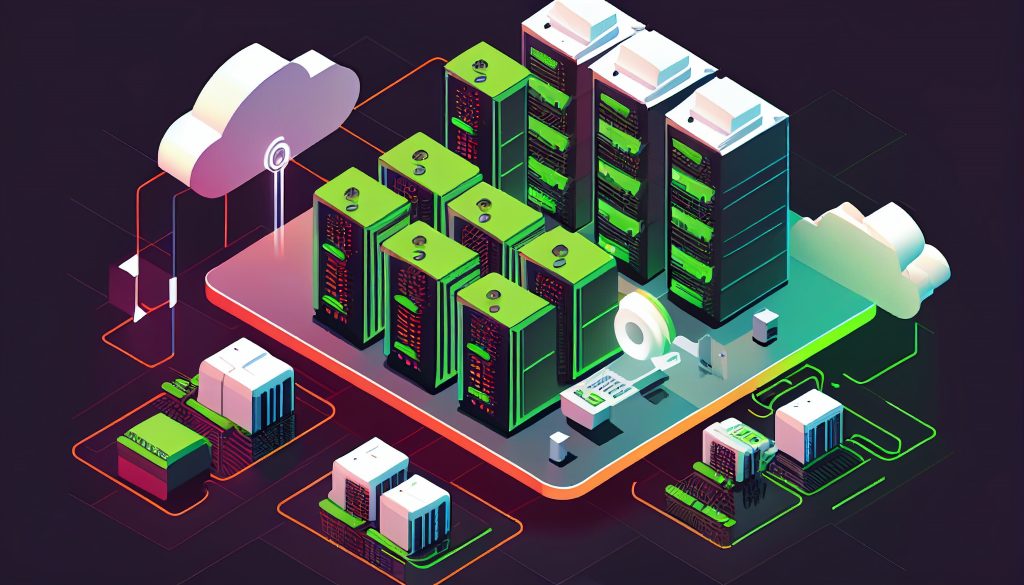
3. Benefits of Serverless Computing
Vendor Agnostic: Next, we have to mention the freedom serverless offers from any specific cloud vendor. You can build and deploy your functions across multiple platforms, adding to the flexibility and resilience of your applications.
Parallel Processing: Moreover, serverless shines when it comes to handling parallel workloads. By dramatically speeding up processing and response times, it makes the execution of simultaneous tasks efficient and feasible.
Simplicity of Deployment: We can’t overlook how easy deploying applications becomes with serverless architectures. The entire process is streamlined, eliminating many of the bottlenecks associated with traditional deployments.
The Polyglot Advantage: Last but not least let’s talk about the polyglot environment. Serverless allows developers to code in multiple languages, catering to each project’s specific requirements, and leveraging the strengths of different programming languages.

But remember, while serverless can be incredibly beneficial, it’s not without its drawbacks. These include potential start-up delays unsuitable for latency-sensitive apps, difficulties with monitoring and debugging, lack of control over vendor-managed backends, and potential vendor lock-in. It’s crucial to consider these factors when weighing the benefits of a serverless approach.
4. Key Components of Serverless Architecture
Invocation refers to an instance when a serverless function is executed or called upon. For example, a user’s request to access a certain application feature could trigger a specific function, thereby constituting an invocation.
Duration is the metric used to quantify the time taken for a serverless function to execute, from the moment it’s invoked to the point where it completes its task. This duration can vary based on the complexity of the function, the resources available, and the overall load on the serverless architecture at that particular moment.
A Cold Start in serverless computing is the delay that occurs when a function is triggered for the first time or after a period of inactivity. Serverless functions are designed to save energy by going idle when not in use. When triggered during this idle state, there is an additional latency due to the time required for the runtime (for example, the Java runtime) to start up. It’s a considerable factor affecting performance in serverless architectures, especially for high-demand, low-latency applications.

The Concurrency Limit has to do with the maximum number of instances of a serverless function that can run simultaneously. This limit is usually set by the cloud service provider and it determines the scalability of your functions. It’s essential because it ensures that your application can adequately handle multiple requests at the same time without causing an overload and subsequent loss of service.
5. Serverless vs. Traditional Back-end development
In the realm of back-end development, serverless computing brings unique advantages and challenges that set it apart from traditional methods. The differences lie in architecture, development workflow, scalability, cost, and deployment.
5.1. The Contrast in Architecture
In a significant shift from traditional back-end development, serverless computing removes the task of running and maintaining servers. This key change enables instant scalability, quicker deployment, and simpler code management.
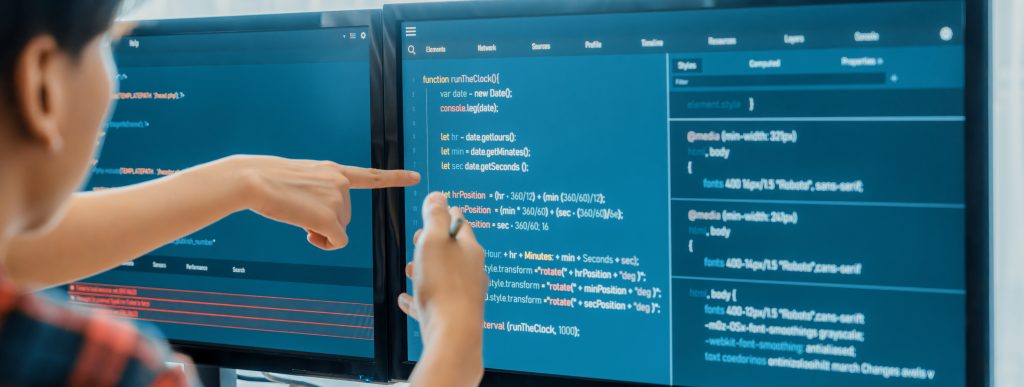
5.2. Auto-scalability
Serverless services automatically adjust to cater to demand, contrasting traditional back-end models which often require manual scaling and can lead to over or under-utilization of resources.
5.3. Cost-efficiency
- Serverless computing operates on a pay-as-you-go model, ensuring you pay only for what you use.
- Traditional models often require up-front resource allocation, potentially inducing excess costs for unused server space or processing power.
5.4. Facing the Drawbacks
Yet, serverless computing has its downsides, such as longer startup latency, limited control over backend impacting security, potential vendor lock-in, and challenges in debugging and monitoring.
Ultimately, the decision between serverless and traditional back-end development hinges on your project’s unique requirements, understanding potential compromises and making an informed choice.
6. Popular Serverless Platforms
Let’s examine the main players in the serverless platforms:
6.1. AWS Lambda
Introduced by Amazon in 2014, AWS Lambda supports multiple programming languages and manages servers automatically. Key advantages include:
- Supports Java, Python, and PHP
- Seamless scalability and high availability
- Deep integrations with other Amazon services
- No data storage handling

6.2. Google Cloud Functions (GCF)
A product of Google, GCF allows developers to build and deploy applications directly from their Google Cloud accounts. Notable features include:
- No server management needed
- Rapid app development
- Built-in fault tolerance and automatic scaling
6.3. Azure Functions
Microsoft’s Azure Functions is a flexible platform designed for deploying ‘functions’ in the cloud. Key features are:
- No infrastructure management required
- Rich set of triggers and bindings for easy integration
- Azure Durable Functions alleviate some deployment challenges
These platforms are leading the serverless revolution, providing hassle-free backend development. Each has unique features, strengths, and areas for improvement. The choice of platform depends on your specific needs and application requirements.
7. Challenges and Considerations
Multi-Cloud Considerations: Discuss the implications of a multi-cloud perspective.
Let’s dive deeper into these aspects:
7.1. The Learning Curve
Embracing serverless architecture doesn’t come without effort. Particularly for complex applications, the art of chaining together multiple functions into an orchestrated workflow entails a significant learning curve. One such example includes applications following a Directed Acyclic Graph (DAG) pattern. Remember, serverless is primarily designed to execute individual stateless functions. Solutions like AWS Step Functions and Azure Durable Functions can assist in deploying such applications, but understanding how these complex deployment models work can be a challenge for the uninitiated.
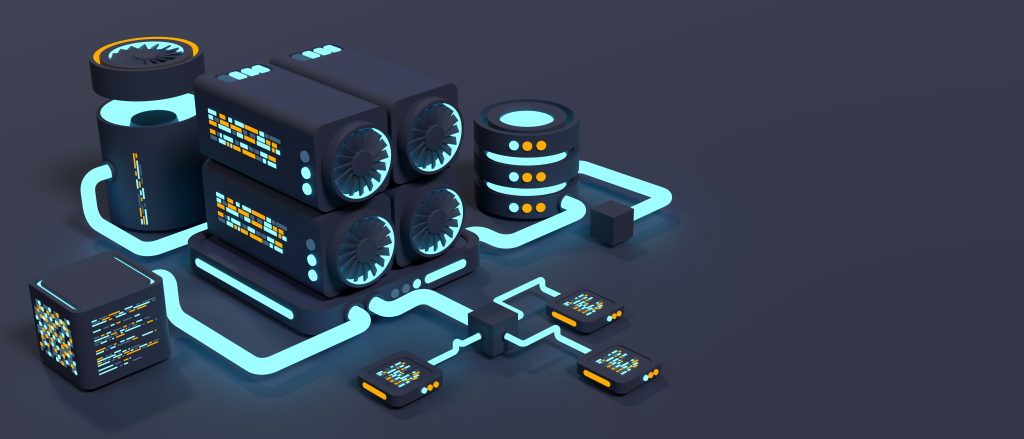
7.2. Vendor Lock-In
Choosing a vendor is a pivotal decision when it comes to serverless computing. The reason? Vendor lock-in. Every cloud service provider offers a different set of features, language support, and pricing models. This necessitates understanding your exact requirements and comprehensively evaluating what each vendor brings to the table. The convenience of a managed backend by one provider could translate into a limitation when you want to switch to another host or use a multi-cloud strategy.
7.3. Monitoring and Debugging
If you’ve ever tried to diagnose performance or resource usage issues with serverless code, you know the process can be more challenging than in a traditional server setup. The usual tools such as debuggers, profilers, or Application Performance Management (APM) kits might face limitations when it comes to serverless. This is due to the distributed nature of serverless infrastructure, making it necessary to find effective and specialized tools for monitoring and debugging.
7.4. Multi-Cloud Considerations
The growing trend towards deploying applications across multiple cloud service providers, also known as a multi-cloud perspective, adds another layer to the considerations. Besides mitigating the risk of vendor-lock in, a multi-cloud strategy ensures high availability and optimizes compute resources. However, managing the complexities of a multi-cloud environment within a serverless architecture framework can pose its own challenges. Developing a solid strategy can help reconcile the complexities and advantages of a multi-cloud approach with the simplicity and scalability offered by serverless computing.
8. How to implement serverless architectures?
Serverless computing is revolutionizing back-end development, shifting the complexities of server management to the cloud provider. This allows developers to focus on application logic, boosting productivity and efficiency.
8.1. Key Points:
- Reduces operational complexity with the use of ‘functions as a service’ (FaaS).
- Promises instant scaling, zero server management, and reduced operational costs.
- Consideration needed for challenges and vendor lock-ins associated with different serverless platforms.
Bringing serverless architectures to life might seem challenging at first, but with the right approach, it becomes a lot easier.

8.2. Implementation Steps:
- Define Your Application: Understand application need, and scope.
- Select Your Platform: Evaluate platforms like AWS Lambda and IBM OpenWhisk. Consider potential vendor lock-ins.
- Design Your Architecture: Plan interactions and integrations of functions, APIs, data sources etc.
- Develop Your Functions: Write the individual functions and manage state effectively for efficient scaling.
- Deploy Your Functions: Use services like AWS Step Functions and Azure Durable Functions for deployment.
- Plan CI/CD: Create a pipeline for automatic testing and deployment.
- Monitor and Debug: Keep an eye on application performance and be ready to solve issues.
With these steps, implementing serverless architectures becomes manageable. Dive in and harness the power of serverless computing for your project.
9. Use Cases and Real-World Examples
APIs and Microservices: Serverless architecture comes into its own when building APIs and microservices. The scalability afforded by serverless computing means APIs and microservices can process and respond to requests instantaneously, no matter the volume. Your application exists in a stateless, distributed nature, which makes it inherently capable of handling high concurrency levels. On top of this, you only pay for the compute time you actually consume, which can result in significant cost savings for applications with sporadic or unpredictable demand.
Event-Driven Applications: Circumstances where serverless shines most are in event-driven applications. It’s here where its inherently distributed and event-responsive design can truly add value. The serverless architecture allows you to adopt an event-driven model, where your applications are only executed in response to specific events or triggers. The code is event-focused, runs when needed, and then goes idle. This structure is highly efficient in managing peak loads and sudden surges in traffic.

Image Processing: Serverless computing can be a game-changer when it comes to image processing. Here’s a typical scenario: Whenever a user uploads an image to your platform, an event is triggered, invoking a serverless function to process that image. Maybe the image needs to be resized, or its metadata needs to be extracted and stored. With serverless computing, these tasks only run when image uploads occur, rather than running continuously in the background. This process is both cost-effective and scalable, capable of handling anything from a handful of images to thousands per minute.
10. Best Practices for Serverless Development
10.1. Granular Functions
When it comes to serverless architecture, smaler is indeed better. Rupturing your application into tiny, concentrated serverless functions, known as granular functions, can optimize the speed and efficiency of your applications. Each function performs a specific task, and with the automatic scaling feature of serverless, each component can be run independently and on-demand, allowing your application to be truly flexible and responsive.
10.2. State Management
In serverless computing, each function is stateless, meaning it doesn’t retain any information from one execution to another. While this makes things simpler on one hand, it may provide a challenge in cases where your application relies on user or session data. Therefore, designing a suitable state management strategy is vital. It could involve using additional services like in-memory caching solutions or using the database to store the state information and allow it to be accessed by different functions as needed.
10.3. Security and Authorization
Even in a serverless world, security remains a top priority. As more businesses move critical applications to serverless architecture, securing these applications should be integrated right from the design phase. Developing a close alliance between your developers, DevOps, and AppSec (collectively known as DevSecOps) is integral. This approach allows for the creation of cross-functional teams and facilitates tighter collaboration between security specialists and development teams, thereby contributing to more secure serverless applications.
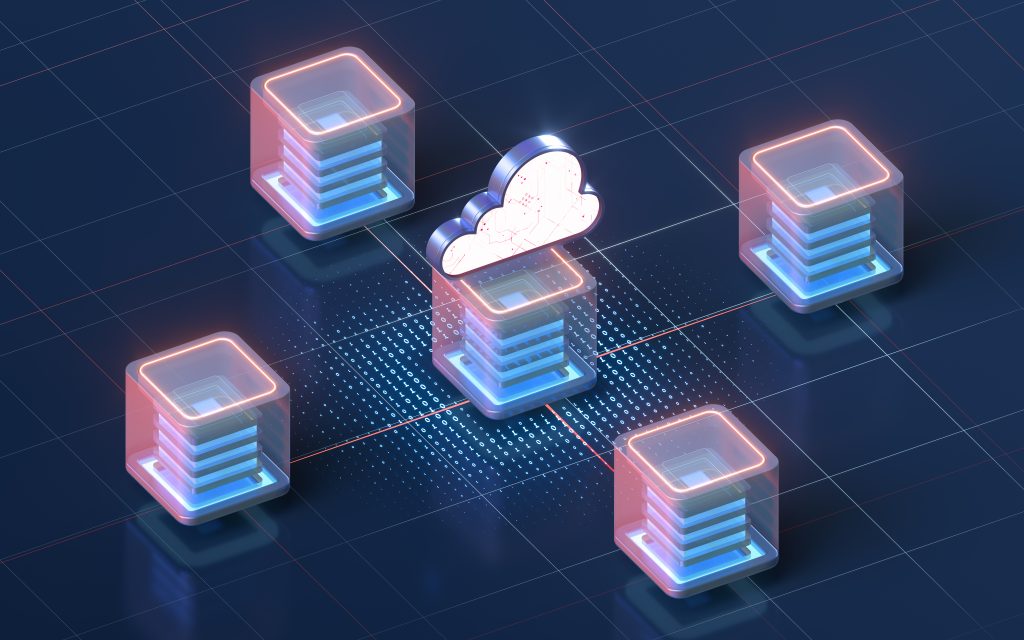
11. Conclusion
11.1. Impact on Back-End Development
The rise of serverless architectures has revolutionized back-end development:
- Elimination of Infrastructure Management: Serverless computing offers a function-as-a-service (FaaS) model, removing the need for developer involvement in infrastructure management.
- Increased Innovation: Free from hardware concerns, developers can focus on crafting efficient code, fostering quicker application releases.
- Simplified Deployment: Serverless technologies simplify the deployment process, compatible with both microservices and monoliths.
11.2. Future Trends
Serverless computing is poised to take a dominant role in the tech landscape:
- Market Growth: Research indicates a 25% growth in serverless computing by 2027, underscoring the necessity of mastering serverless deployments.
- New Frontiers: Advancements may leverage serverless for real-time data analysis, Artificial Intelligence (AI) and Machine Learning (ML) tasks, due to its cost-effectiveness, low latency, and ability to handle vast data volumes.
- Web 3.0: With the increasing shift towards a decentralized internet, serverless architectures could be vital in creating decentralized applications (dApps), offering the needed scalability and economy.
In conclusion, the serverless future opens the door to a world of innovation, with myriad application possibilities.
Frequently Asked Questions
The core principle of serverless architecture is to offload the operational responsibilities to cloud providers, thereby allowing developers to focus exclusively on the business logic. The primary components include Function as a Service (FaaS), for executing logic and extracting responses from back-end databases, a client interface for handling requests and interactions, and a web server on the cloud for managing stateless interactions.
Function as a Service (FaaS) operates as part of the serverless landscape, commonly referred to as compute as a service (CaaS). In contrast to traditional server architectures, FaaS does not store data but rather executes application logic. It offers compute runtimes that support common languages such as Java, Python, and PHP.
Serverless computing enhances developmental efficiency by providing robust back-end services like database and storage, as well as the capability to manage stateless interactions via Function-as-a-Service (FaaS) platforms. Developers are relieved from managing servers, scaling concerns, and administrative tasks, leading to improved efficiency and productivity.
The most popular serverless platforms include AWS Lambda, Google Cloud Functions (GCF), Azure Functions, and IBM OpenWhisk. These platforms provide the necessary runtimes for executing serverless functions, managing stateless interactions, and integrating with other services in the cloud ecosystem.
Implementing serverless architectures comes with several challenges, including learning a new programming model, dealing with vendor lock-in issues, managing complexities of monitoring and debugging, adapting to architectural constraints, and considering multi-cloud deployments. However, with the right strategies, these challenges can be successfully tackled.
Serverless computing finds extensive usage in today’s digital landscape, including API back-ends suitable for web clients, working with structured audio, image, text, and video data, and facilitating microservices architectures. For example, Major League Baseball Advanced Media uses serverless for real-time data updates, Autodesk leverages it for rapid application development and deployment, and Netflix employs serverless for scalable on-demand media delivery.
Effective serverless development often involves creating granular functions for better utilization and flexibility, managing application state and data effectively, ensuring robust security and authorization measures, and regular monitoring and debugging.
References and Sources
The information provided in this article has been gathered and synthesized from multiple reputable sources, including:
Sources:


